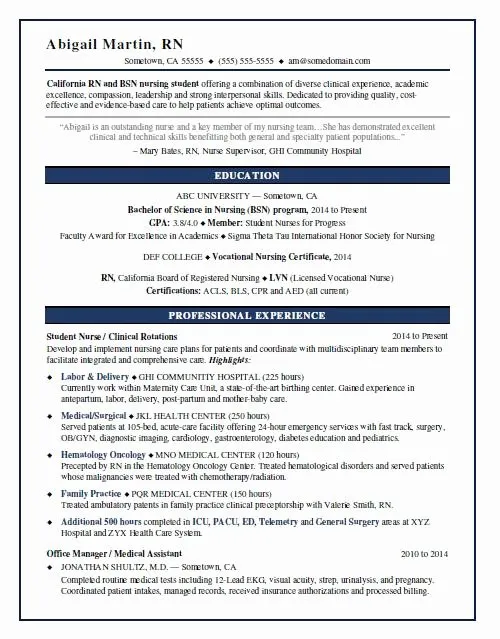Crafting the Perfect Nursing Student Cover Letter
A well-crafted cover letter is crucial for nursing students aiming to secure clinical placements, internships, or entry-level positions. It’s your first opportunity to make a positive impression on potential employers, showcasing your skills, passion, and suitability for the role. This guide provides comprehensive steps to help you create a standout cover letter that effectively communicates your qualifications and increases your chances of success. The cover letter should reflect your professionalism, attention to detail, and genuine interest in the nursing field. It’s your chance to shine before even getting an interview.
Header Essentials Contact Information and Date
The header of your cover letter sets the stage, providing essential information for the recipient. Accuracy and clarity are paramount, ensuring your contact details are easily accessible. A clean and organized header reflects professionalism and attention to detail, leaving a positive first impression. Ensure all information is up to date, and your email address is professional-sounding. Consider the layout and overall aesthetics of the header, as it establishes the tone for the rest of the letter. This is the first section and sets the standard for your attention to detail.
Your Name, Address, Phone, and Email

Begin with your full name at the top, followed by your complete address, phone number, and a professional email address. This information allows the hiring manager to easily reach you. Verify that your phone number is accurate and that your voicemail is set up with a professional greeting. For your email address, use a combination of your name; avoid using nicknames or informal addresses. Keep this section concise, but provide all necessary contact points for effective communication. These points should be easily scannable, using a simple and clear font.
Date of Application
Below your contact information, include the current date. This indicates when you are sending the letter. Ensure the date is formatted correctly. It’s essential to maintain the order and provide context for the application. Use the standard format (Month, Day, Year) for clarity. This simple detail helps in record-keeping and helps establish the letter’s relevance.
Employer’s Information Recipient’s Name and Title
Include the employer’s information directly under the date. Start with the hiring manager’s name and title. If you don’t know the specific person, research the company’s website or contact them to find out. Use formal titles (e.g., “Mr.”, “Ms.”, “Dr.”) if you know them. Addressing the letter to a specific person demonstrates your initiative and attention to detail. If the name is unavailable, then try to find the title of the person responsible for hiring. This personalized touch will improve your chances.
Company Name and Address
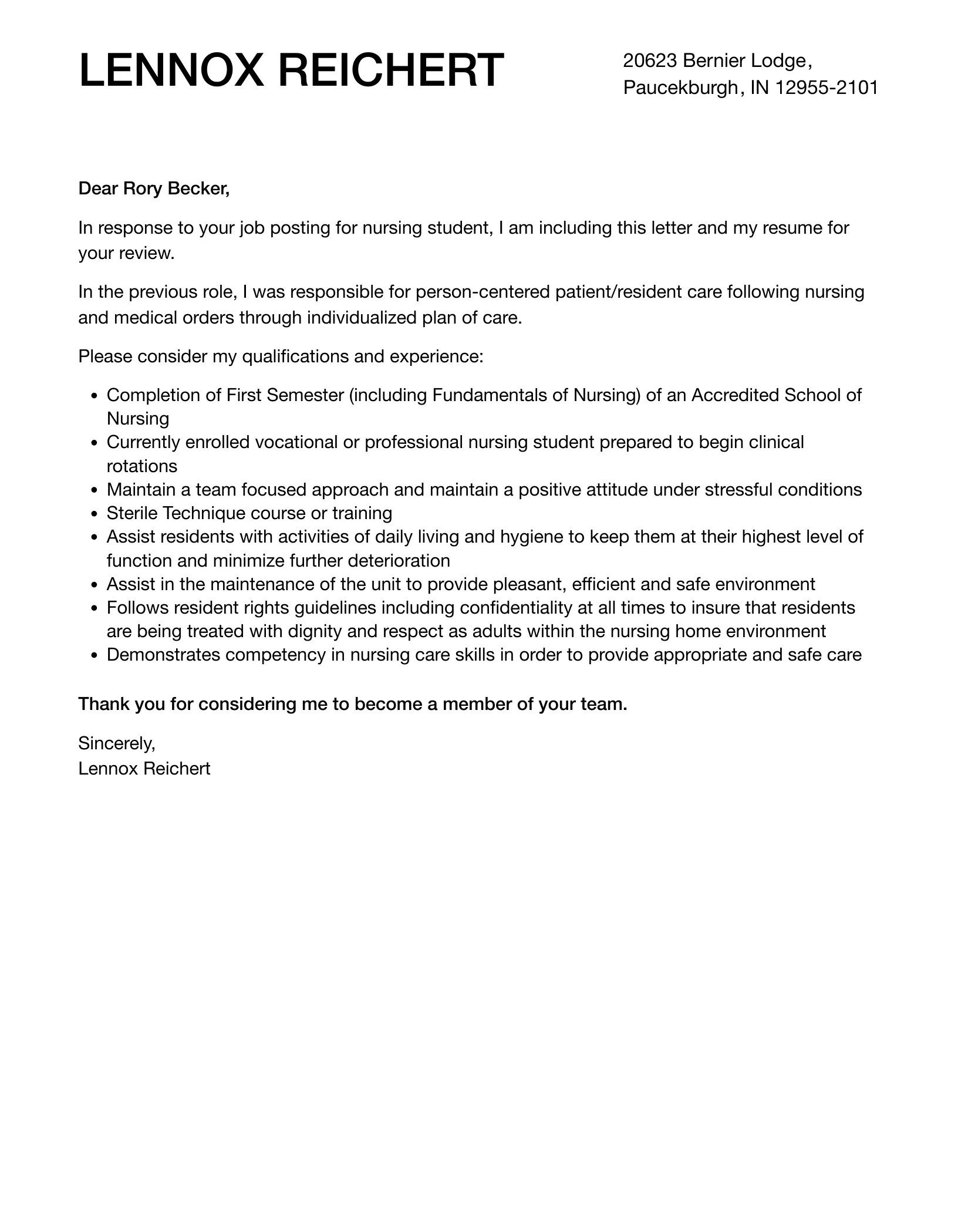
Below the recipient’s information, include the company’s name and complete address. This confirms you’re applying to the right place. Double-check the address to make sure you’re using current information. This shows professionalism and attentiveness, showcasing that you have taken the time to confirm the details. Accuracy here is important and shows a level of care that is always appreciated.
The Salutation Addressing the Hiring Manager
The salutation sets the tone of your letter, making it personal and professional. Addressing the hiring manager correctly can significantly enhance your application. Avoid generic greetings; instead, personalize your message to show you have invested time in your application. The right salutation makes an impression, highlighting your attention to detail and respect for the hiring manager. It shows you’re prepared to make a strong connection.
Professional and Personalized Greetings
If you know the hiring manager’s name, use a formal greeting such as “Dear Mr./Ms./Dr. [Last Name]”. If the name is unavailable, “Dear Hiring Manager” or “Dear [Department] Hiring Team” are suitable alternatives. Never use a generic greeting like “To Whom It May Concern” or “Dear Sir/Madam.” Ensure the greeting matches the tone of your letter and the organization’s culture. Always aim for the most personal greeting possible, and tailor it to the role and your target audience.
Body of the Cover Letter Highlighting Key Elements
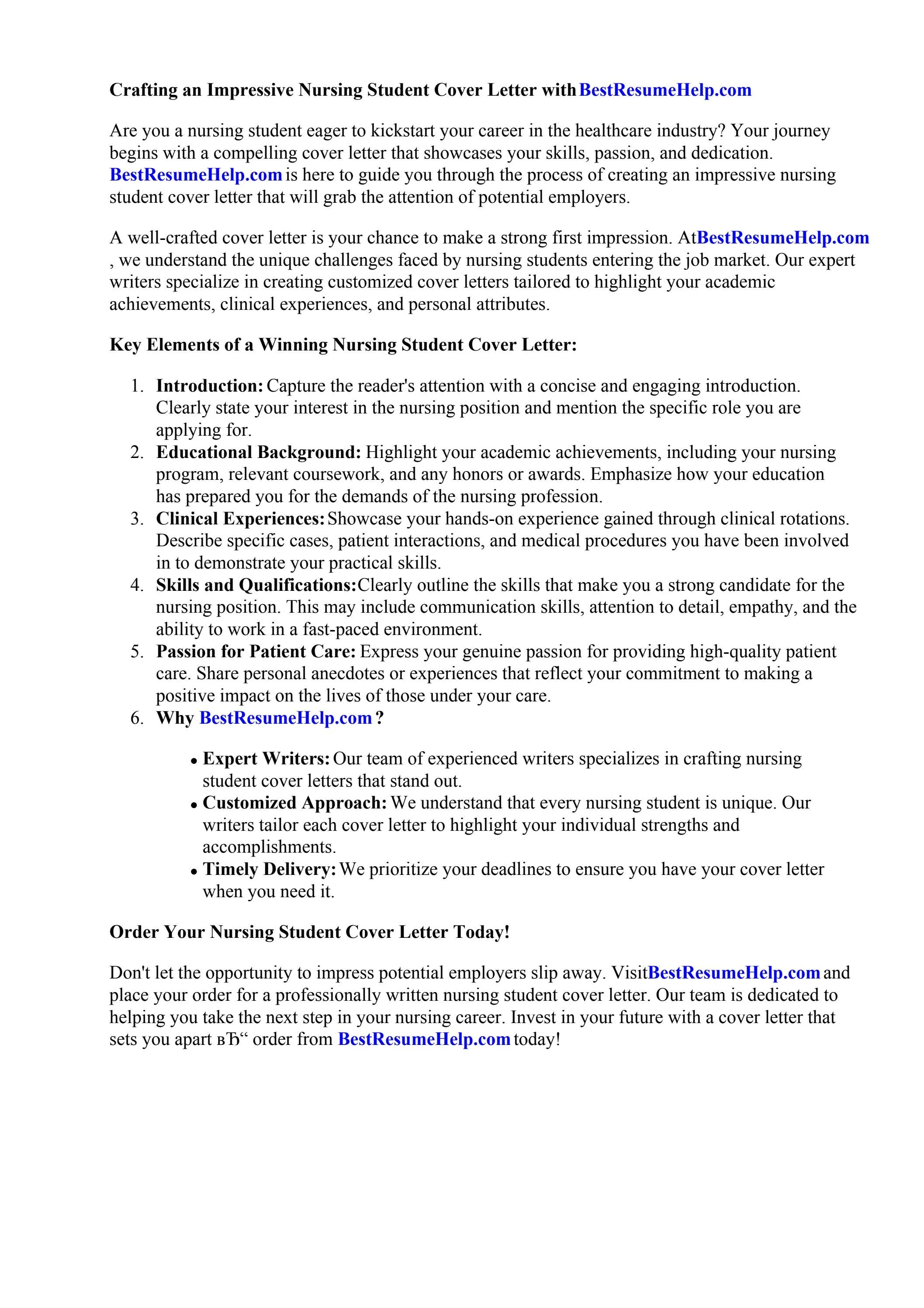
The body of your cover letter is where you showcase your qualifications, passion, and suitability for the position. It comprises several paragraphs that should flow logically and engage the reader. The body of your cover letter should be structured, highlighting key skills, clinical experiences, and your passion for nursing. Each paragraph should serve a specific purpose, with clear and concise language. Proper grammar and professional tone are essential for conveying your message effectively. Show how your experiences meet their requirements and demonstrate your excitement for the position.
First Paragraph Why You’re Applying
Start with a clear statement of why you are applying and where you learned about the opportunity. Mention the specific role or clinical placement and express your enthusiasm. Briefly introduce yourself, including your current nursing program and year of study. This initial paragraph should capture the reader’s attention and provide context. Keep it concise and directly address the position, showing you are genuinely interested. The goal is to set the stage for why you’re a good fit.
Expressing Enthusiasm and Mentioning the Position
Express your genuine excitement for the specific nursing position. Explain why you are interested in this particular role or placement. Mention what attracted you to the position and the organization. Highlight what you hope to achieve and learn. This enthusiasm should be authentic and reflective of your career goals. Being enthusiastic can set you apart; showing genuine interest can impress the hiring manager. Express your desire for the role and showcase how it aligns with your career aspirations.
Second Paragraph Showcasing Your Skills and Experience
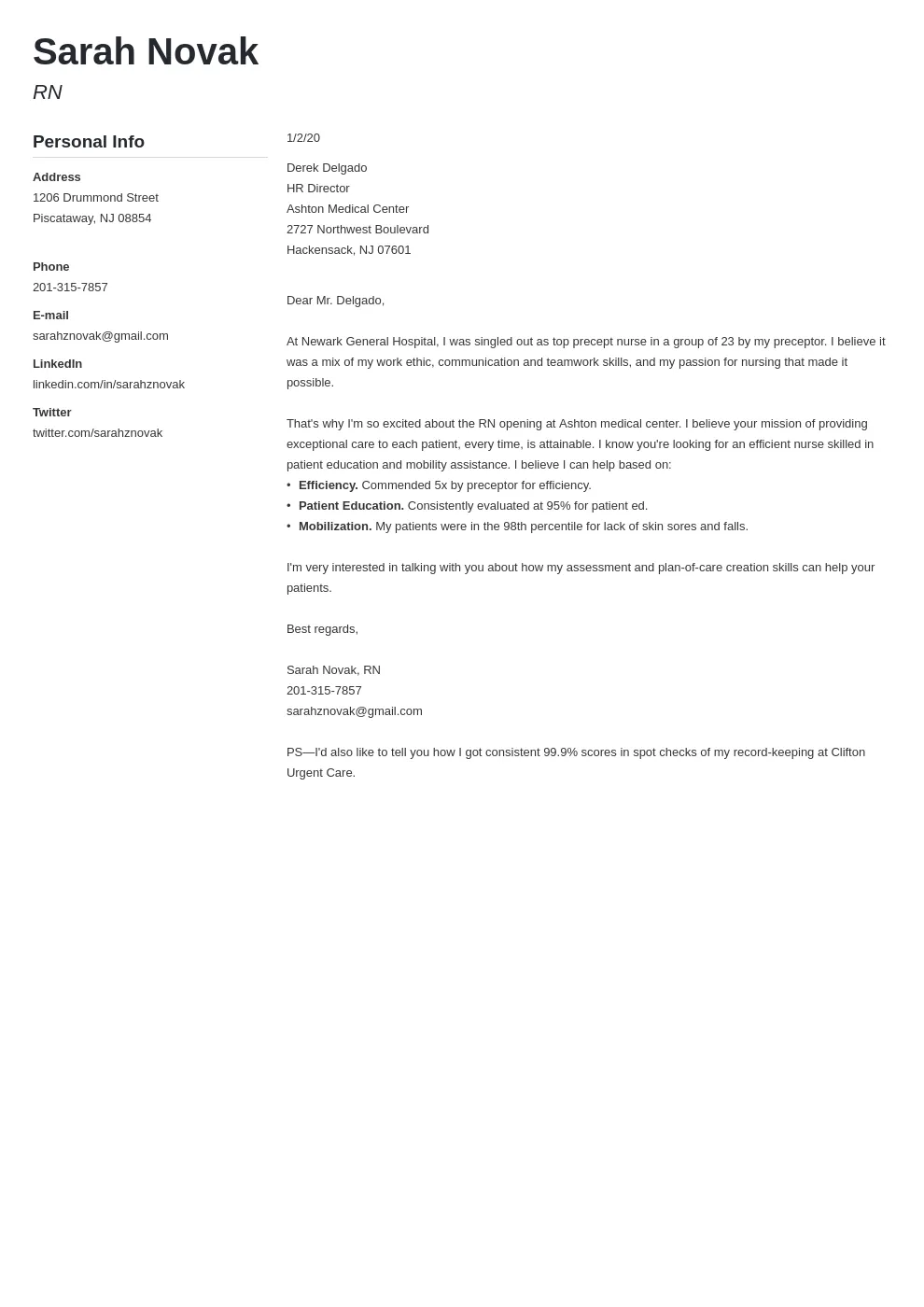
The second paragraph should highlight your relevant skills and clinical experiences. Focus on experiences directly related to the job description. Mention specific skills and accomplishments that demonstrate your capabilities. Quantify your achievements when possible (e.g., “Assisted in the care of 20+ patients daily”). Tailor your skills to the specific role and organization. This paragraph allows you to present yourself as a strong candidate. Use keywords from the job description to ensure your skills are relevant. Back up your skills with specific examples.
Highlighting Relevant Clinical Experiences
Detail any relevant clinical experiences, such as rotations or volunteer work. Provide concise descriptions of your duties and responsibilities, focusing on experiences that align with the job requirements. Mention any specialized areas of nursing you have experience in. If possible, describe the patient populations you have worked with. Use action verbs to describe your accomplishments (e.g., “administered medications,” “monitored vital signs”). Mention your successes within your clinical experiences, showcasing your capacity to apply nursing knowledge effectively.
Mentioning Specific Skills and Certifications
List any specific skills and certifications that are relevant to the position. Include technical skills (e.g., EMR systems) and soft skills (e.g., communication, teamwork). Mention certifications such as BLS, ACLS, or any others. Ensure that the skills align with the job description. Highlighting the essential skill set is key to showing how you meet the job criteria. Include specific examples that showcase how you’ve utilized these skills, demonstrating your capabilities.
Third Paragraph Demonstrating Your Passion for Nursing
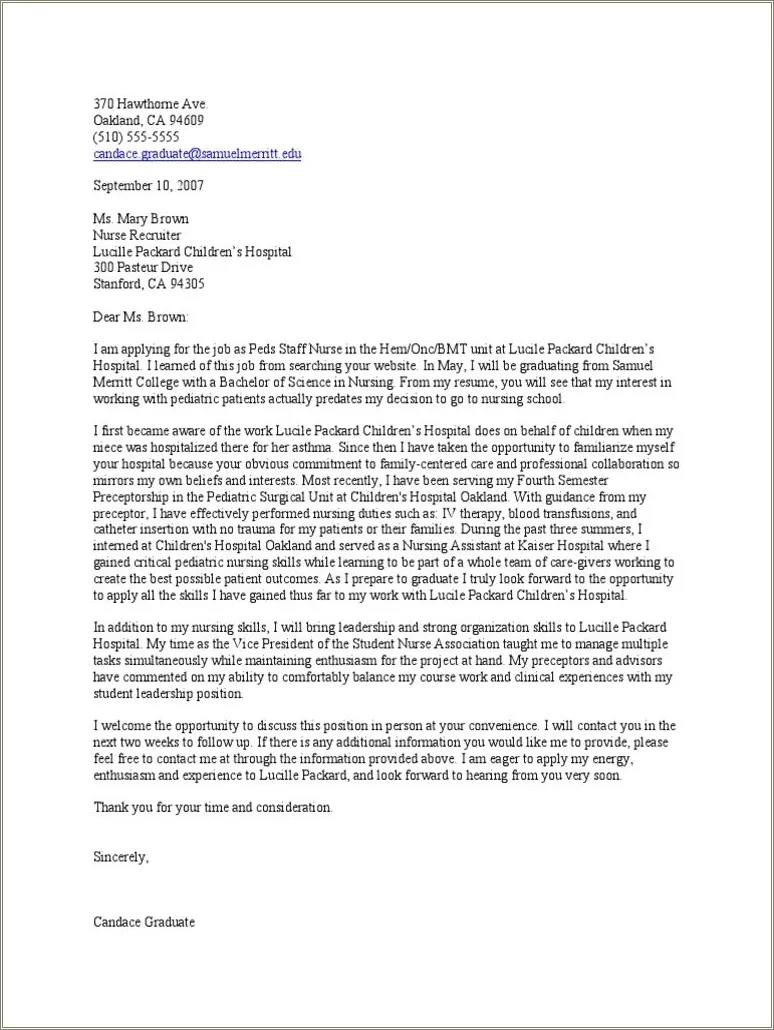
This paragraph should focus on your passion for nursing and why you chose the profession. Discuss your career goals and how this position aligns with them. Show your commitment to patient care and your dedication to the field. Include your values and what motivates you to be a nurse. This section should personalize your application. The goal is to convey the importance of nursing in your life, and the reasons why you are the right fit for the position.
Connecting Your Values with the Organization’s Mission
Research the organization’s mission, values, and culture. Explain how your personal values align with those of the organization. Show a genuine understanding of their goals and express your desire to contribute. Demonstrate how you will be a good fit, and why you want to be part of this specific team. Illustrate how you have applied your values in past experiences. This alignment demonstrates your sincere interest, showing you have thoughtfully considered the role and organization.
Closing the Cover Letter Making a Strong Impression
Your closing paragraph should reinforce your interest and leave a lasting positive impression. Use this final section to express gratitude and to reiterate your enthusiasm for the role. Ensure the closing is professional and reflects your personality. The goal of the closing is to make a positive impact and to encourage the hiring manager to take the next steps with your application. The closing paragraphs should leave the hiring manager feeling confident in your candidacy.
Expressing Gratitude and Reiteration of Interest
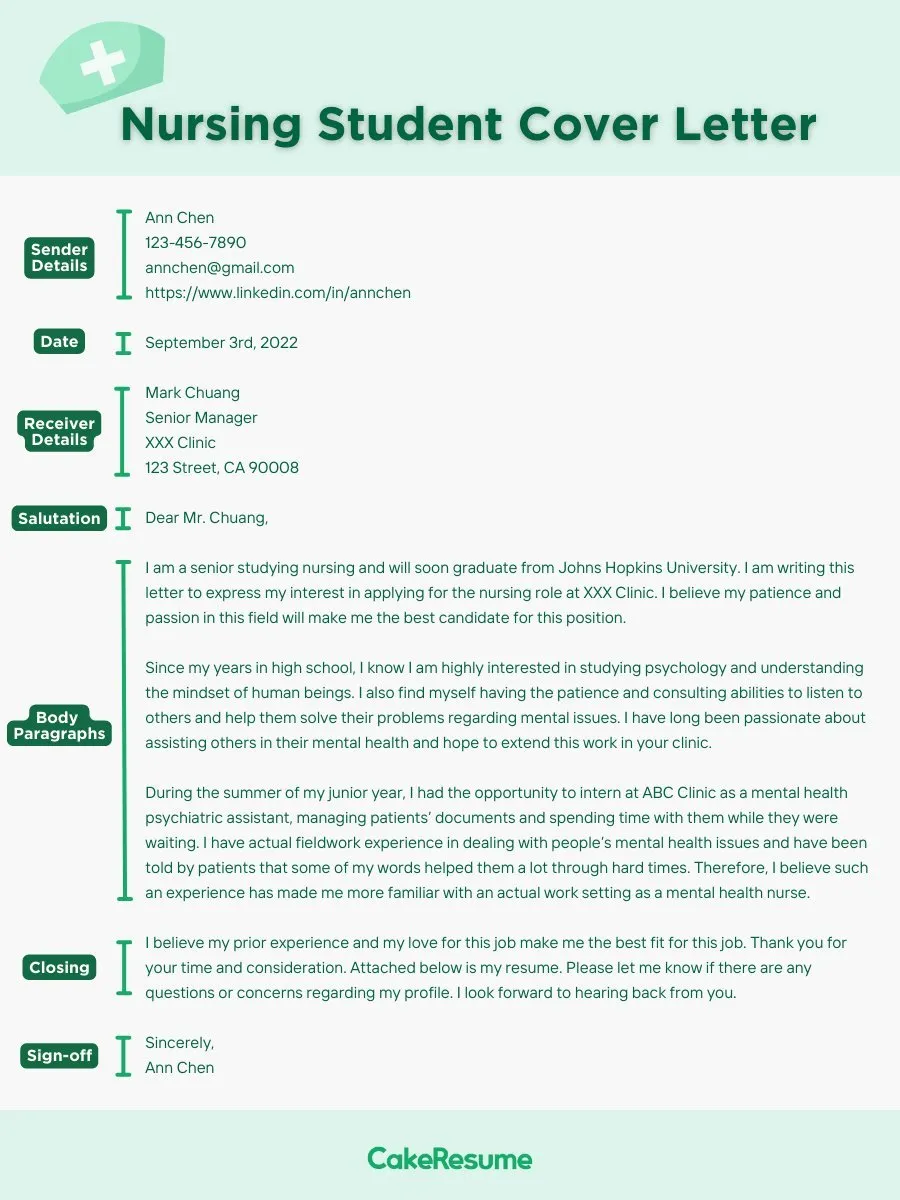
Thank the hiring manager for their time and consideration. Reiterate your interest in the position and your enthusiasm for the opportunity. Express your eagerness to discuss your qualifications further. Show appreciation and remind them of your keen interest. Keeping the tone positive will help maintain their interest in your application. End on a confident, enthusiastic note, leaving a strong impression.
Call to Action Invitation to Review Your Resume
Include a clear call to action, such as “I have attached my resume for your review and welcome the opportunity to discuss my qualifications further.” Encourage them to reach out to you. Make it easy for them to take the next step. Provide a specific call to action that encourages a positive response. This is a clear instruction, and a polite way to ask for the next step.
The Closing and Signature Professional and Formal
Use a professional closing, such as “Sincerely,” “Best regards,” or “Thank you.” Leave space for your signature, and type your full name beneath it. If submitting electronically, you can use a digital signature. This concluding element reinforces the professional tone. Ensuring a polished appearance throughout the cover letter is an important factor. Always end with your full name in a professional closing.
Formatting and Proofreading Ensuring a Polished Cover Letter
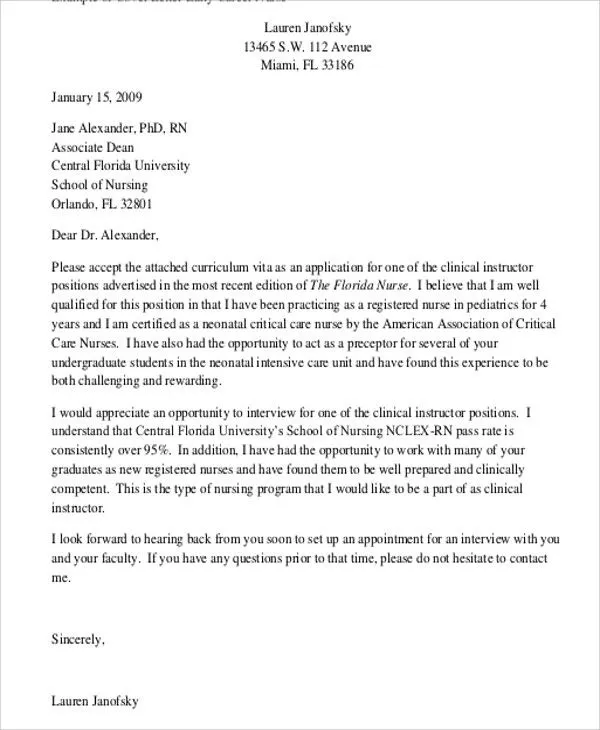
Formatting and proofreading are essential steps to ensuring your cover letter is polished, professional, and error-free. Proper formatting makes your letter easy to read, while thorough proofreading ensures that you catch any errors that might detract from your application. Attention to detail will greatly improve your chances of success. Make sure that you have followed proper formatting and layout guidelines for this section. Correct any grammatical errors and ensure that the letter flows from beginning to end.
Font and Margins Recommended Formatting Guidelines
Use a professional and readable font, such as Times New Roman, Arial, or Calibri, with a font size between 10 and 12 points. Maintain consistent formatting throughout the document. Use 1-inch margins on all sides of the page. The spacing should be single-spaced for the body of the letter. This formatting ensures the letter is clean and easy to read. A well-formatted document enhances readability and leaves a positive first impression. Stick to the standardized formatting guidelines to show professionalism and attention to detail.
Proofreading and Editing Checking for Errors
Thoroughly proofread your cover letter for any grammatical errors, typos, and punctuation mistakes. Read it multiple times, and consider having someone else review it. Use spell-check, but don’t rely on it entirely; it won’t catch all errors. Ensure all sentences are clear and well-structured. Attention to these details is key to a polished appearance. Check your work carefully, and look for errors of any kind. Having a fresh set of eyes review your cover letter can catch mistakes you may have missed.
Using Keywords Incorporating Industry-Specific Terms
Incorporating industry-specific keywords throughout your cover letter can improve your chances of getting noticed by Applicant Tracking Systems (ATS) and human readers. Keywords are essential for highlighting your skills and experience. Using the right keywords helps match your application with the job requirements, ensuring your application gets seen. The keywords demonstrate your understanding of the job and your ability to deliver value. The correct keywords can lead to a better interview and ultimately increase your chances of receiving the job.
Enhancing Searchability and Relevance
Review the job description and identify keywords that the employer has listed. Integrate these keywords naturally within your cover letter. Use a variety of keywords, including those that describe your skills, experience, and certifications. Place keywords strategically throughout the letter, especially in the skills and experience sections. Ensure that the keywords are used in context and sound natural. Including keywords from the job description is crucial to show you understand the requirements.
Tailoring to the Job and Company Research
Tailoring your cover letter to each specific job and company is crucial for making your application stand out. Generic cover letters are often overlooked. Tailoring your application shows the employer that you care and have taken the time to ensure you are a good fit. Personalizing your application makes you more memorable and increases your chances of getting hired. By showing a genuine interest in the company and position, you are more likely to get a positive response. Personalization is key.
Researching the Organization and Its Values
Before writing your cover letter, research the organization. Understand their mission, values, and culture. Visit their website and read any recent news or publications. Knowing the organization’s focus can help you tailor your letter. Understanding their goals will enable you to highlight how your skills and experience align with their needs. Using information from your research will demonstrate your interest and enthusiasm. The information you find can guide you in what to showcase.
Adapting the Cover Letter to the Job Description
Carefully review the job description. Identify the key skills, experience, and qualifications that the employer is seeking. Tailor your cover letter to specifically address these requirements. Highlight the experiences and skills most relevant to the position. Explain how your skills meet their requirements, and give examples. Customizing your cover letter to fit the job description makes you stand out. This level of personalization greatly increases your chances.
Key Skills to Include Demonstrating Competencies
Highlight the key skills that demonstrate your competencies as a nursing student. These skills can be clinical, soft, and technical. Showcase all the abilities that make you an effective candidate. Demonstrate the ways you apply these abilities, and provide specific examples. Listing the right skills can have a big impact. Make sure the skills are relevant to the specific nursing position you are applying for, and back them up with examples.
Clinical Skills Patient Care and Assessment
Mention your clinical skills, focusing on patient care and assessment. Include experience in patient assessment, medication administration, and wound care. Highlight any specialized skills, such as IV insertion or catheterization. Provide specific examples of your skills. Focus on how you’ve improved patient outcomes and contributed to their care. Demonstrating solid clinical skills shows your readiness for nursing practice.
Soft Skills Communication and Teamwork
Include relevant soft skills, such as communication, teamwork, and empathy. Describe your ability to communicate effectively with patients, families, and colleagues. Highlight your teamwork skills, and provide examples of how you’ve worked collaboratively. Show how you handle stressful situations and maintain a calm and empathetic approach. Demonstrating effective soft skills shows you’re a well-rounded and adaptable nurse.
Technical Skills EMR Systems and Medical Equipment
List your technical skills, including proficiency with EMR systems and medical equipment. Mention any experience with specific software or devices used in healthcare. Describe any training or certifications you have received. Mention your familiarity with commonly used tools and systems. Displaying relevant technical skills can increase your application’s value.
Reviewing Examples and Templates for Inspiration
Reviewing cover letter examples and templates can provide valuable guidance and inspiration when writing your own cover letter. Understanding effective structures and approaches will help you create a compelling document. There are many resources available online. Look through various samples and tailor them to your situation. Examples and templates are there to help you present your information. These can inspire you and help you with your own formatting and content.
Analyzing Effective Cover Letter Structures
Analyze how different cover letters are structured. Pay attention to the order of the content. Note how the skills, experiences, and passions are presented. Identify the most effective ways to express your unique qualities. Looking at various structures can help you understand the best layout for your own needs. Use the different examples to see which style works best for you. Consider the overall flow and how the information is organized.
Adapting Templates for Your Unique Situation
Adapt cover letter templates to fit your specific needs and experiences. Don’t simply copy a template; personalize it to highlight your unique qualifications. Replace generic phrases with your own words, experiences, and skills. Tailor the template to reflect the specific job and organization. Adapting templates is a great way to get started, and you can customize them. Make the examples and templates your own by tailoring them to your unique circumstances.
Common Mistakes to Avoid Preventing Pitfalls
Knowing the common mistakes to avoid can significantly enhance the quality of your cover letter. Avoiding these pitfalls will increase your chances of making a strong impression. Pay attention to what the hiring managers are looking for and avoid common errors. Being mindful of these mistakes helps you present yourself in the best possible light. Avoid these common pitfalls, and you’ll improve your chances of success.
Generic Content and Lack of Personalization
Avoid using generic content that could apply to any job or company. Tailor your cover letter to each specific role and organization. Ensure that your letter reflects your unique qualifications. Research the job description and company to demonstrate your genuine interest. A lack of personalization will hurt your chances of being noticed. Personalization is key, and it shows that you care.
Typos and Grammatical Errors
Carefully proofread your cover letter to avoid typos and grammatical errors. These errors can detract from your professionalism and credibility. Always use spell-check, but don’t rely on it completely. Have someone else review your letter. Proofreading is a critical step, and you want to be certain your cover letter is error-free. Catching errors will show your attention to detail, making your application stand out.
Overly Long Cover Letters Keeping It Concise
Keep your cover letter concise and to the point. Aim for one page in length. Use clear and concise language to convey your message effectively. Focus on the most relevant information. A long cover letter can be off-putting to the reader. Get to the point. Make your cover letter brief while still covering everything you need to showcase yourself. Make sure it isn’t too long and that the content is relevant.
